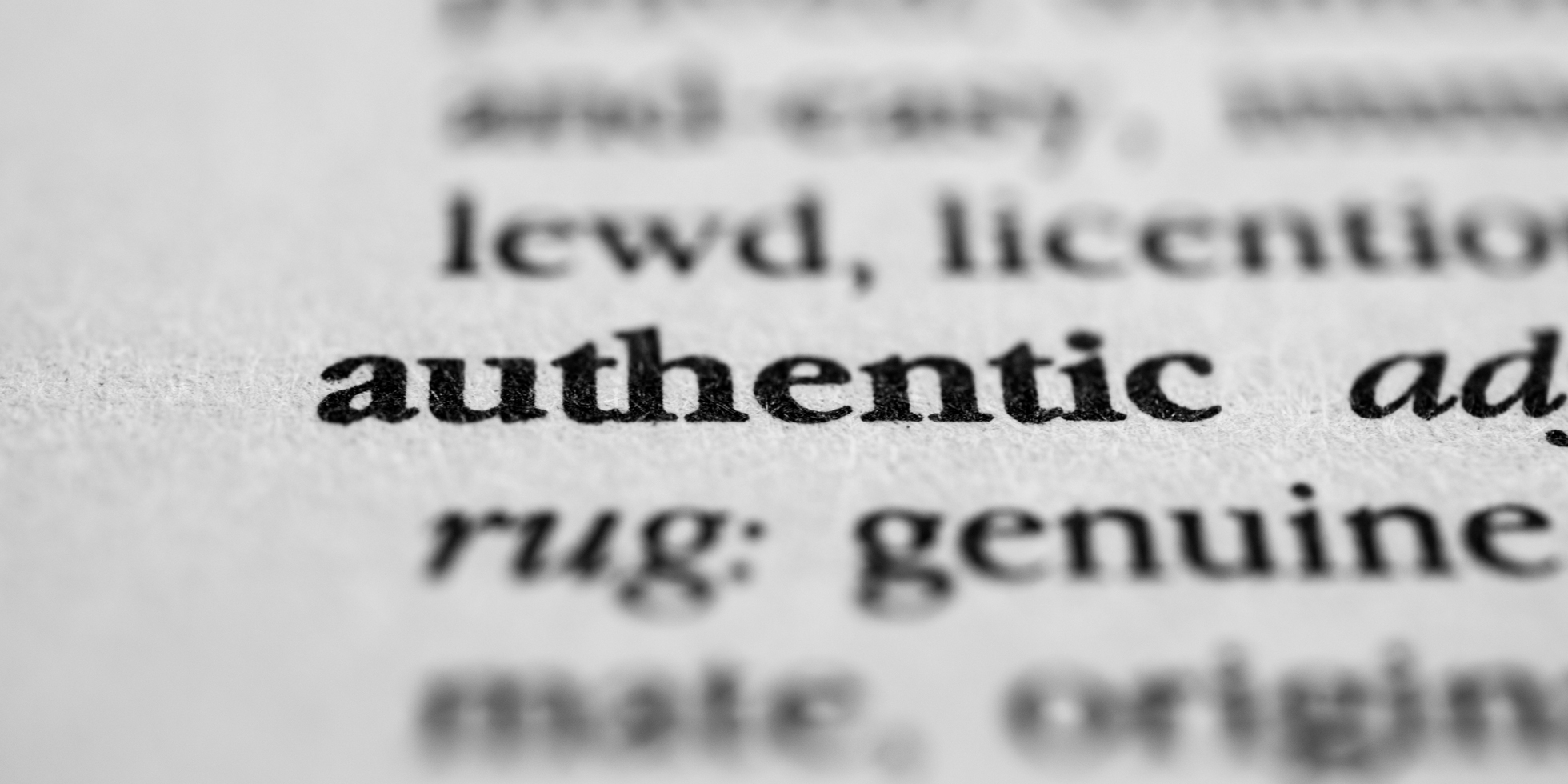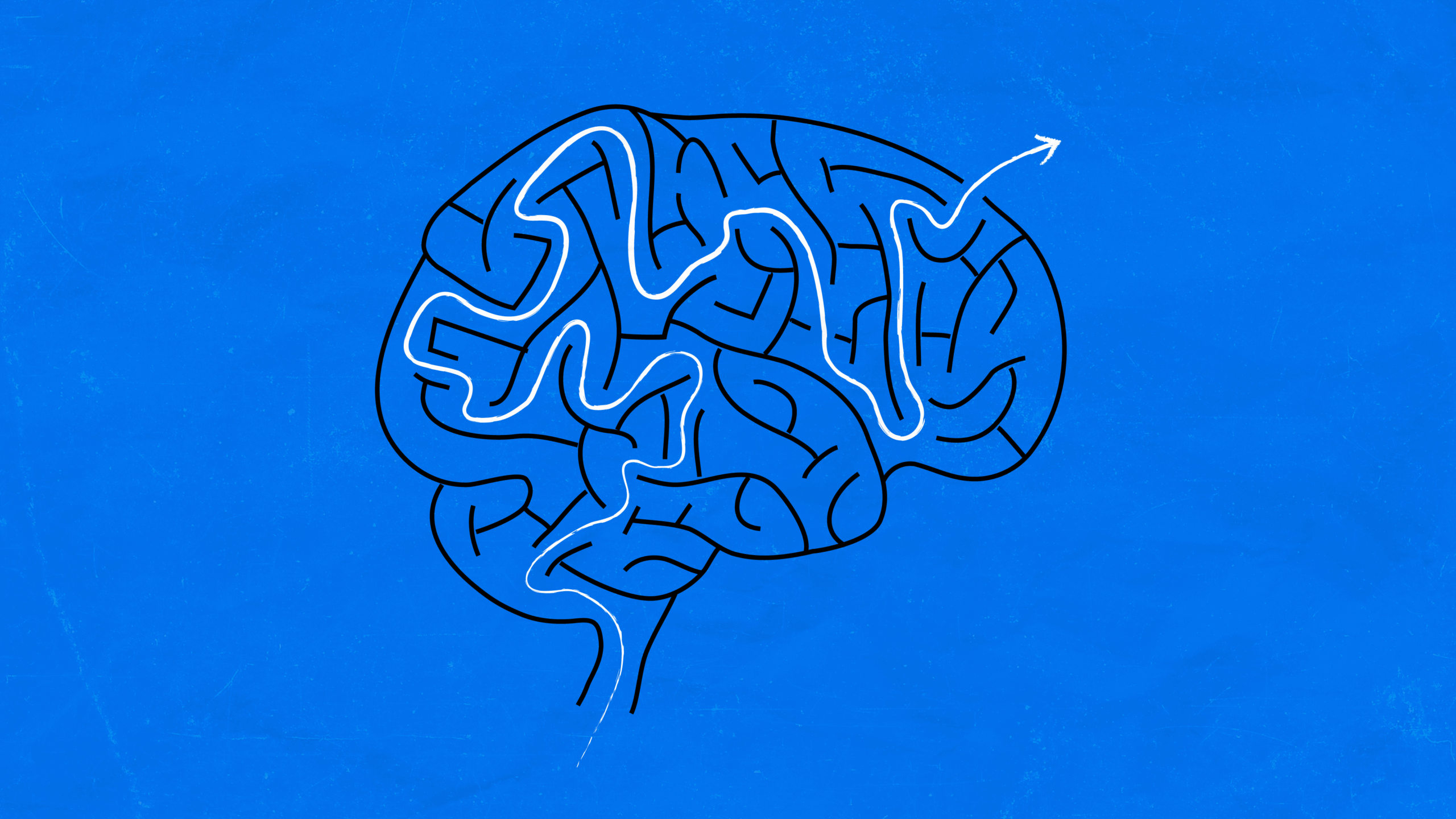Are you for real? The new importance of brand authenticity.

We’re slowly emerging from one of the most challenging, yet strangely unifying, times in modern history. Some people are desperate for things to be exactly how they were before Covid. But for many, that’s unacceptable. What about the things we have missed, lost, and yearned for? Our newfound rituals and routines. Our changed consumption of media and use of digital. How can we possibly experience all this and not be moved? Vitally, how can we experience all this and not use it as an opportunity to change for good.
Whatever your view, there’s no denying Covid has accelerated the need and rate of change, emotionally and physically. And how to respond is the question we’re being asked by many brands.
There is no right or single answer. But there are some recurrent and unifying themes that are powering the experiences customers, citizens, and employees are now demanding. At the heart of it all is a renewed need for authenticity. The authenticity that comes from doing what you do well, sharing and showing care and responsibility, being honest and transparent.
To be truly inclusive, inside, and out, is a huge shift. It’s about being able to have a range of ideas and approaches that are all valid and are all welcome, and it’s not shutting someone down because they don’t fit what’s meant to be.
In a series of conversations focusing on brand authenticity, we explore what this means for brands and how they effectively connect to audiences, inside and outside the organisation. Today, we’re talking to Eugenie Biddle, Head of Brand at National Savings and Investments, to explore the role of internal culture and whether it can credibly fuel the authenticity of a brand in the outside world.
“Outwardly authentic action can be difficult to get right, but easy to get wrong” Eugenie reflects. “For me, the pandemic has been a catalyst to take the opportunity to leave the old behind. It exposed gaps, interdependencies, inadequacies, what needs to change. It’s also enabled people to think about what they want and where they are, and how they operate.”
This blending and alignment of experiences has potentially bought the expectations of customers and employees closer together than ever before. Eugenie believes that authenticity stems from two important qualities, transparency and accountability: “Young people – especially – expect more. They expect more from their teachers, their parents, their society, their politics, their employer, their brand choices. And it’s a groundswell for accountability. Meaning transparency and accountability surely have to be hygiene factors.”
Eugenie finds the practice of Human Systems Dynamics, although a bigger area, provides tools to finding ways to move through tough and complex challenges – whether that’s how humans interact, the decision made, in organisations or communities. “Some customers won’t care whether you’re authentic or not, because they just want to buy that product. They don’t care, but many do and (hopefully) that’s growing. So, if you look to society, I think we must look to the future and horizon-scan the trends of young people. It’s the ‘Now what? moment’. Asking What? So what? Now what?” helps us to see patterns to solve problems.
D&I is the organisation – that’s the brand, that’s the values, that’s the behaviours. It touches absolutely everything so it’s not just a feature, it’s an integral part of it.
Flexibility, both in terms of how a brand and organisation responds and operates, is becoming an increasingly important quality: “The other thing that I think is important to recognise is that society is moving really quickly – its complex change. So, the last thing we want to do, if we’re tackling things systemically, is build a system that is then difficult to change and even out of step out before you even begun. So, you need to build your systems so they can be fluid, as fluid as the people that exist in them and as fluid as the brand that connects to customers. We’re really only just getting started.”
Eugenie continues: “The great thing about that way of thinking is that ‘Okay, if this is the system that we have, how do we want to nudge it towards where we want to be?’ It’s not saying, ‘Right, we’ve got to change the whole system.’ Basically, you don’t have to rip it all up and start again.”
Having a diverse and inclusive workforce is a priority area for many organisations, and something employees and customers are actively seeking within the organisations and brands with which they engage. Eugenie observes: “To my mind the only way that a brand can be truly authentic, if you think about that connection between external and internal, is if important things like diversity and inclusion, are built in systemically to what we need. D&I is the organisation – that’s the brand, that’s the values, that’s the behaviours. It touches absolutely everything so it’s not just a feature, it’s an integral part of it. So, examples like health and welfare, mental health week, eating healthily week, build them into the system instead, and then they become less tactical and more intrinsic to how the organisation operates, reflecting its level of care and concern. Then by osmosis that will come out to your customers.”
But are diversity and inclusion even the right words to use when we’re talking about so much more than structure or internal environment. Do they really get to the heart of what it means and how well the internal environment can drive the authenticity of a brand on the outside? “For me they’re the words that spoke of the policies, that speak of the policies, that still speak of, ‘We need more women than men.’ It’s not language that’s changing or has changed. But to be truly inclusive, inside, and out, is a huge shift. It’s about being able to have a range of ideas and approaches that are all valid and are all welcome, and it’s not shutting someone down because they don’t fit what’s meant to be. Psychological safety is vital to the success of this.”
The other thing that I think is important to recognise is that society is moving really quickly – its complex change. So, the last thing we want to do, if we’re tackling things systemically, is build a system that is then difficult to change and even out of step out before you even begun.
To get a strong and connected experience, inside and out, maybe it’s time to challenge our words as well as our thinking. Eugenie adds: “Diversity and inclusion can feel like an equation. Does it describe what we are really trying to achieve? At the heart of this is the notion of belonging and being welcoming. Belonging to everybody, having a business that we feel can belong to and everybody can feel that they belong to. Customers and employees alike.”
Ultimately, the pace of change is accelerating, helped by Covid, enabled by technology. And unless businesses can respond, the gap just gets wider, and the connections weaker. Being strong on the inside and on the outside never mattered more: “The brand, the business, need emotional not just physical agility to meet the demands of employees and customers. If you drill down, we are all human beings, whether we work in a business or whether we deal with a business. So, this kind of connection between internal and external, yes, it exists and yes, we must think about it – but we talk about them as if they’re two different species sometimes. If everybody’s welcome you’ve got a strong baseline which reflects society and enables you to respond to your customers and your audiences as a brand, and as a business.”
Like to know more about what we do?
We create compelling content and award-winning campaigns that will make your brand unforgettable, irresistible and effective. From content audits, to copywriting, and the application of behavioural science, we can get your brand into the hands, heads and hearts of your audiences, to change beliefs, behaviours – and the bottom line. If you’d like to know more, get in contact or have a look at our case studies >




